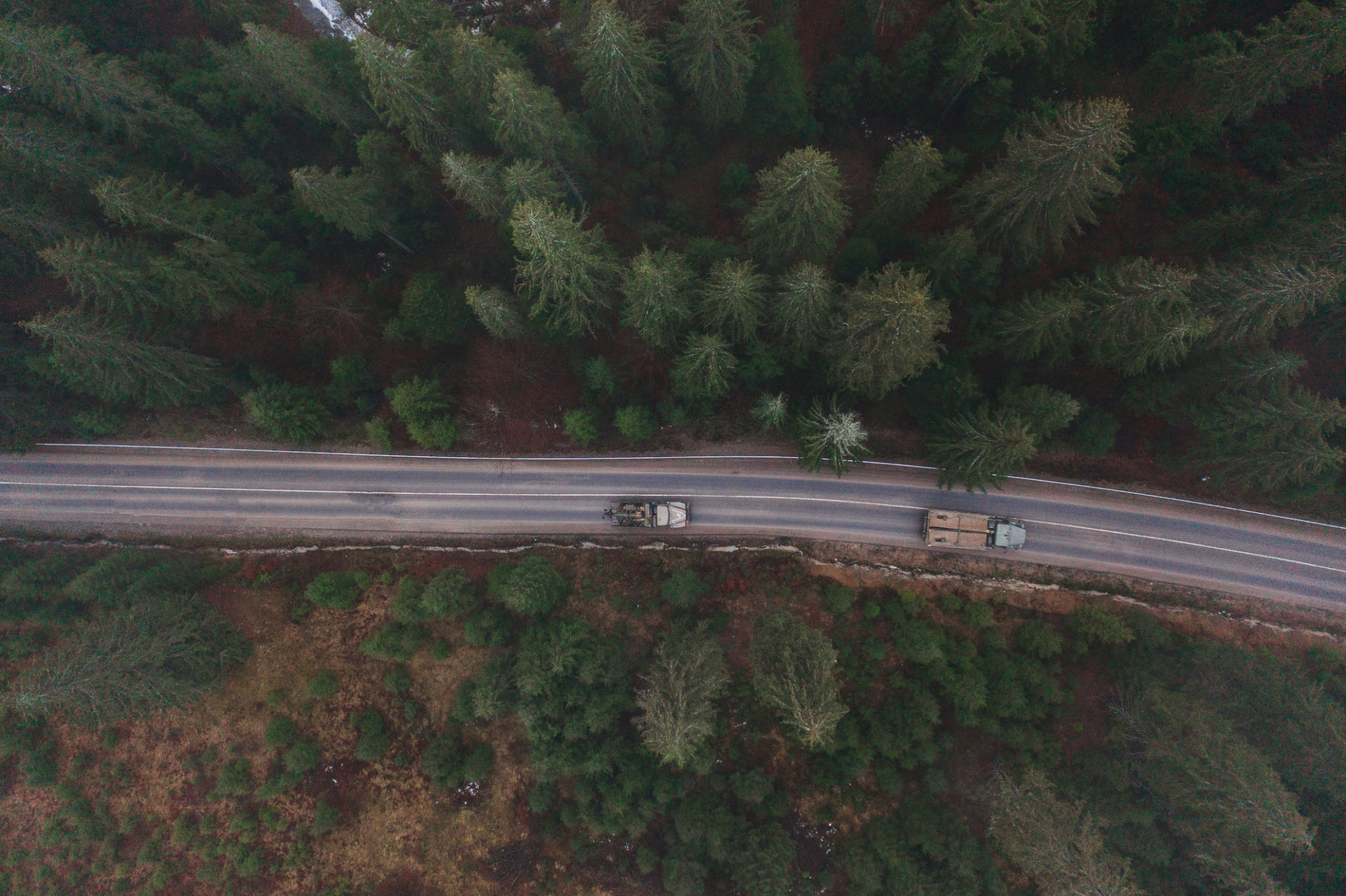[ad_1]
Kyiv – Roughly 100 civilians have been evacuated from a besieged steel plant in the eastern Ukrainian city of Mariupol, Ukrainian President Volodymyr Zelenskyy said on Sunday.
“Evacuation of civilians from Azovstal began,” Zelenskyy said on Twitter, adding that they were due to arrive in Ukraine-controlled Zaporizhzhia on Monday.
“Grateful to our team! Now they, together with U.N., are working on the evacuation of other civilians from the plant.”
The U.N. said earlier that a “safe passage operation” was going on at the Azovstal plant, the last holdout in the Black Sea port city that has endured a Russian blockade for the full duration of the conflict that began on Feb. 24.
Russia’s defense ministry gave a lower figure of 80 civilians, adding: “Those who wished to leave for areas controlled by the Kyiv regime were handed over to U.N. and ICRC (Red Cross) representatives.”
The U.N. has not said how many civilians it is transporting and it was not immediately clear why the sides had given different figures.
The siege of Mariupol, in which Russian forces have pummeled the port city for nearly two months, has turned into a wasteland with an unknown death toll and thousands trying to survive without water, sanitation or food.

The city is under Russian control but some fighters and civilians sheltered underground in the Azovstal works — a vast Soviet-era plant founded under Josef Stalin and designed with a labyrinth of bunkers and tunnels to withstand attack.
U.N. spokesperson Saviano Abreu confirmed the safe passage operation to evacuate people from the steel works had been under way from Saturday, with dozens of civilians arriving at a temporary accommodation center.
“At this point, and as the operations are under way, we will not share further details, as it could jeopardize the safety of the civilians and the convoy,” Abreu said.
A Reuters photographer saw civilians arriving in the village of Bezimenne in the Russian-backed Donetsk Region, around 30 kilometers east of Mariupol, where they were receiving refreshments and care after weeks of suffering.
Young children were among those evacuated from the plant — where people cowered underground, huddling together under blankets in the plant’s bunkers and tunnels as the shelling tore their city apart.
Civilians of Mariupol
Outside blue tents, two children sat looking pensive as they waited, one playing with a lighter and heavily armed men looking on. A woman clasped her hands to her face in emotion. A young woman reached out to stroke a cat.
Many of the civilians had been evacuated in a convoy with Russian forces and vehicles with U.N. symbols.
The Russian defense ministry earlier confirmed civilians were leaving, releasing a video that showed cars and buses traveling in the dark marked with a “Z,” the letter used by the Russian forces in the conflict.
Cowering in the labyrinth of bunkers far beneath the vast Azovstal steel works, Natalia Usmanova felt her heart would stop she was so terrified as Russian bombs rained down on Mariupol, sprinkling her with concrete dust.

“I feared that the bunker would not withstand it — I had terrible fear,” said Usmanova, 37, describing the time sheltering underground.
“When the bunker started to shake, I was hysterical, my husband can vouch for that: I was so worried the bunker would cave in.”
Usmanova was among the dozens of civilians evacuated from the plant. “We didn’t see the sun for so long,” she said, speaking from the evacuation site in Bezimenne.
She recalled the lack of oxygen in the shelters and the fear that had gripped the lives of people hunkered down there.
Usmanova said she joked with her husband on the bus ride out, part of the U.N. and ICRC convoy, that they would no longer have to go to the lavatory with a torch.
“You just can’t imagine what we have been through — the terror,” Usmanova said. “I lived there, worked there all my life, but what we saw there was just terrible.”
‘Do not be bullied’
Pope Francis used his weekly prayer to renew his appeal for humanitarian corridors from the city, saying it had been “bombed and destroyed in a barbaric manner.”
Western powers have rushed to send military aid to Ukraine and imposed heavy sanctions on Russia.
“Do not be bullied by bullies,” U.S. Speaker of the House Nancy Pelosi said at a news conference in Rzeszow in southern Poland on Sunday after returning from Ukraine.

“If they are making threats, you cannot back down.”
Pelosi met Zelenskyy on Saturday, becoming the most senior U.S. figure to visit since the war began.
She promised to enact the $33-billion (¥4-trillion) arms and support package announced by U.S. President Joe Biden last week.
Western powers have also hit Russia with unprecedented sanctions and EU foreign policy chief Josep Borrell said on Sunday more measures were in the pipeline.
“We must use our economic and financial abilities to make Russia pay the price for what it is doing,” he said.
Russian ruble introduced
The conflict is concentrated in the east and south of Ukraine, although there have been Russian missile strikes across the country, mainly targeting infrastructure and supply lines.
Russia’s defense ministry also on Sunday said it had used high-precision Onyx missiles to strike a hangar at a military aerodrome near the Black Sea port city of Odessa housing arms from the United States and European countries and destroyed the runway.
Ukrainian authorities had reported the strike on Saturday but said only that it destroyed the runway.
Russia has moved to solidify its grip on areas it controls and from Sunday introduced the Russian ruble in the region of Kherson — initially to be used alongside the Ukrainian hryvnia.

“Beginning May 1, we will move to the ruble zone,” Kirill Stremousov, a civilian and military administrator of Kherson, was cited as saying earlier by Russia’s state news agency RIA Novosti.
He said there would be a period of four months in which the hryvnia could be used, but then “we will completely switch to settlements in rubles.”
‘Guard the line’
On the front line in the east, Russian troops have advanced slowly but steadily in some areas — helped by massive use of artillery — but Ukrainian forces have also recaptured some territory in recent days, particularly around the city of Kharkiv.
One of the areas taken back from Russian control was the village of Ruska Lozova, which evacuees said had been occupied for two months.
“It was two months of terrible fear. Nothing else, a terrible and relentless fear,” said Natalia, a 28-year-old evacuee from Ruska Lozova, after reaching Kharkiv.
Kyiv has admitted that Russian forces have captured a string of villages in the Donbas region and has asked Western powers to deliver more heavy weapons to bolster its defenses there.
“Everyone understands that we must guard the line here,” said lieutenant Yevgen Samoylov of the 81st brigade as his unit rotated away from the front line near the town of Sviatogirsk.
“We cannot let the enemy move closer, we try to hold it with all our force.”
In a time of both misinformation and too much information, quality journalism is more crucial than ever.
By subscribing, you can help us get the story right.
SUBSCRIBE NOW
[ad_2]
Source link





















